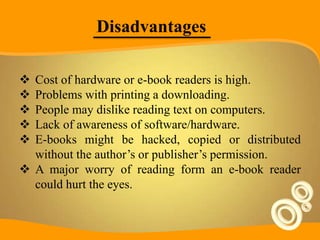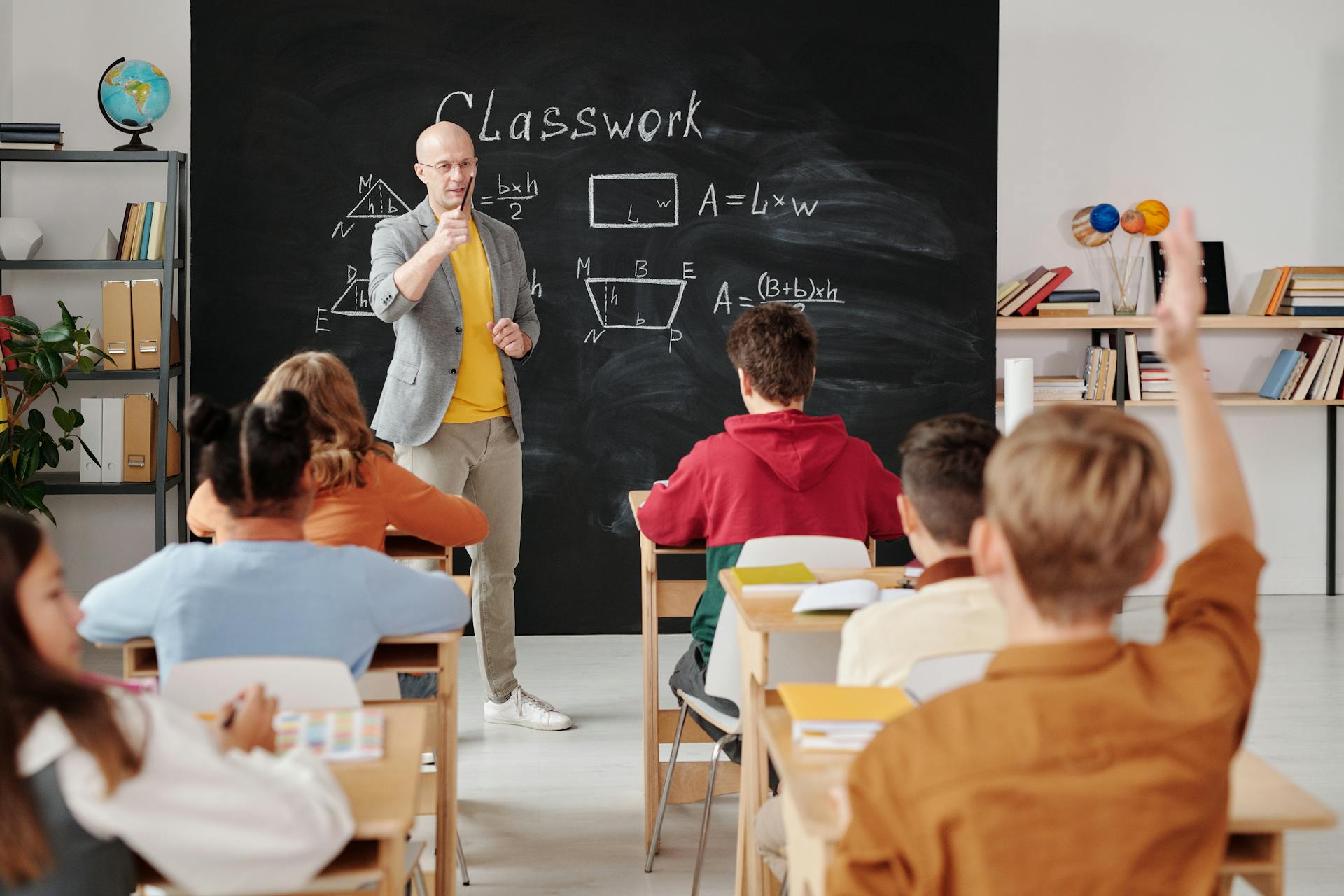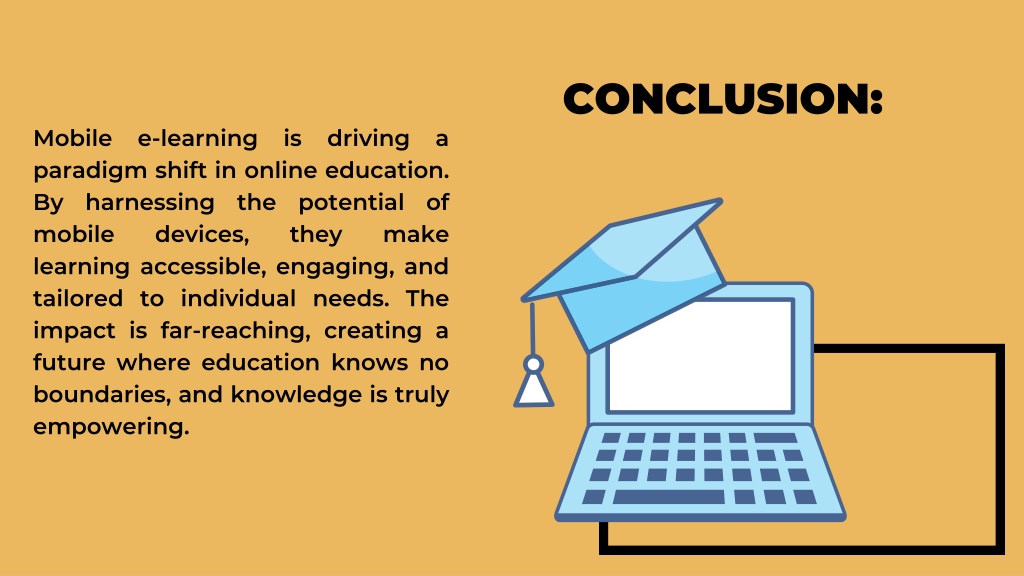
Introduction to Digital Textbooks

The world of education is evolving at a rapid pace, and digital textbooks are leading the charge. Gone are the days of lugging around heavy backpacks filled with traditional books. Today’s learners have access to a wealth of information right at their fingertips. Digital resources have transformed how students engage with content, making learning more interactive and accessible than ever before. As classrooms embrace these modern tools, it’s essential to explore what this shift means for both students and teachers in our ever-changing educational landscape. What does the rise of digital textbooks signal for the future of teaching and learning? Let’s dive into this intriguing topic!
Advantages of Digital Textbooks
Digital textbooks revolutionize the way students access educational resources. With just a few clicks, learners can find a wealth of information at their fingertips.
These interactive platforms often feature multimedia content, such as videos and quizzes. This enhances engagement and caters to various learning styles. Students can dive deeper into subjects through hyperlinks that lead to additional materials or references.
Cost-effectiveness is another significant advantage. Schools can save money by opting for digital versions instead of traditional printed ones. Additionally, students benefit from lower prices and the ability to rent or share digital texts easily.
Portability also plays a crucial role in today’s fast-paced world. Carrying multiple books becomes effortless when everything fits on one device. This convenience allows for seamless studying anywhere—from libraries to coffee shops.
Furthermore, instant updates ensure that students always have access to the latest information without waiting for new editions. Digital textbooks keep education current and relevant in an ever-evolving landscape.
Disadvantages of Digital Textbooks

Digital textbooks come with their own set of challenges. One major concern is screen fatigue. Students often spend hours staring at screens for both learning and leisure, which can lead to discomfort and decreased focus.
Another issue is accessibility. Not all students have reliable internet access or the necessary devices to utilize digital resources effectively. This creates a gap in educational equity that traditional textbooks may help bridge.
Additionally, while interactive features can enhance engagement, they can also be distracting. Notifications and multitasking tempt students away from their studies, diminishing the overall learning experience.
Digital content requires regular updates and maintenance. Outdated information can easily slip through the cracks if educators don’t stay vigilant about revisions.
Some learners simply prefer physical books. The tactile experience of turning pages cannot be replicated digitally, impacting how information is absorbed and retained during teaching sessions.
The Impact on Students and Teachers

Digital textbooks are reshaping the way students engage with their studies. They offer instant access to a wealth of information, making learning more interactive and dynamic. Students can highlight text, take notes directly within the app, or even collaborate in real-time with peers. This accessibility fosters a deeper understanding of materials.
For teachers, digital resources provide an opportunity to customize lessons easily. They can incorporate multimedia elements that cater to different learning styles—videos, quizzes, and interactive simulations enhance traditional teaching methods.
However, there’s also a shift in classroom dynamics. Some educators find it challenging to maintain student focus amid distractions from devices. Balancing technology’s benefits while ensuring effective teaching requires adaptation and creativity.
The integration of digital textbooks encourages both students and teachers to rethink educational strategies continuously. It opens doors for innovative practices while reinforcing essential skills needed for future success in an increasingly digital world.
The Changing Landscape of Traditional Education

Traditional education is evolving rapidly. The rise of digital textbooks and online resources has transformed how students learn. Classrooms are no longer confined to physical spaces.
Teachers now integrate technology into their lesson plans, blending traditional methods with modern tools. This shift allows for personalized learning experiences tailored to individual student needs.
Collaboration among peers often happens through virtual platforms rather than just face-to-face interactions. Students can access a wealth of information at their fingertips, broadening their understanding beyond the textbook.
Moreover, educators find themselves adapting to new teaching techniques that leverage multimedia resources. This includes videos, interactive quizzes, and gamified learning experiences that engage students more effectively.
As schools embrace these changes, they must also address challenges such as digital equity and access to reliable internet connections for all learners. The landscape continues to shift as both teachers and students navigate this brave new world of education.
Resistance and Adoption of Digital Textbooks

The shift to digital textbooks is not as seamless as one might expect. Many educators and students show hesitance toward embracing this new medium. Traditional methods are deeply rooted in the education system, making change a daunting prospect.
Resistance often stems from comfort with physical books. The tactile experience of flipping through pages offers familiarity that screens can’t replicate. Additionally, concerns about screen fatigue are valid—students spend enough time on devices without adding more.
On the flip side, some schools have eagerly adopted digital resources for their flexibility and cost-effectiveness. They appreciate how quickly updates can be implemented compared to traditional textbooks.
Supporters argue that integrating technology enhances learning by providing interactive features not found in print materials. However, bridging the gap between skeptics and advocates remains essential for a smoother transition into this digital age of education.
Future Possibilities for Digital Learning
The future of digital learning is brimming with potential. As technology advances, textbooks will evolve into dynamic resources that adapt to each student’s needs. Imagine interactive e-books that adjust content based on individual performance.
Artificial intelligence could play a pivotal role in personalized education. With intelligent tutoring systems, students would receive tailored feedback and support throughout their learning journey.
Virtual reality might revolutionize how subjects are taught. Students could explore historical events or complex scientific concepts through immersive experiences that textbooks alone cannot offer.
Moreover, enhanced collaboration tools can connect learners globally. This fosters a diverse exchange of ideas and perspectives, enriching the overall educational experience.
As institutions embrace these innovations, traditional teaching methods may shift dramatically. Educators will need to harness these technologies effectively for optimal student engagement and understanding in this rapidly changing landscape.
Conclusion

The evolution of educational resources continues to reshape the way students and teachers engage with learning. Digital textbooks offer a myriad of advantages, enhancing accessibility and interactivity while accommodating diverse learning styles. However, they also present challenges that educators must navigate.
The impact on both students and teachers is profound. As digital formats become more prevalent, traditional education systems are forced to adapt or risk obsolescence. Resistance from certain quarters highlights the complexities involved in this shift, but the potential for improved teaching methods and personalized learning experiences cannot be overlooked.
Looking ahead, the future of educational resources seems bright with possibilities for further innovation. Whether through augmented reality features or integrated multimedia components, digital tools can enrich teaching practices and empower learners in ways we have yet to fully explore.
As technology advances, so too does our understanding of effective education methodologies. The journey toward integrating digital textbooks into mainstream education promises exciting developments that could redefine how knowledge is shared across generations. Embracing these changes will ultimately pave the way for a more dynamic learning environment that benefits everyone involved in the educational landscape.




Leave a Reply